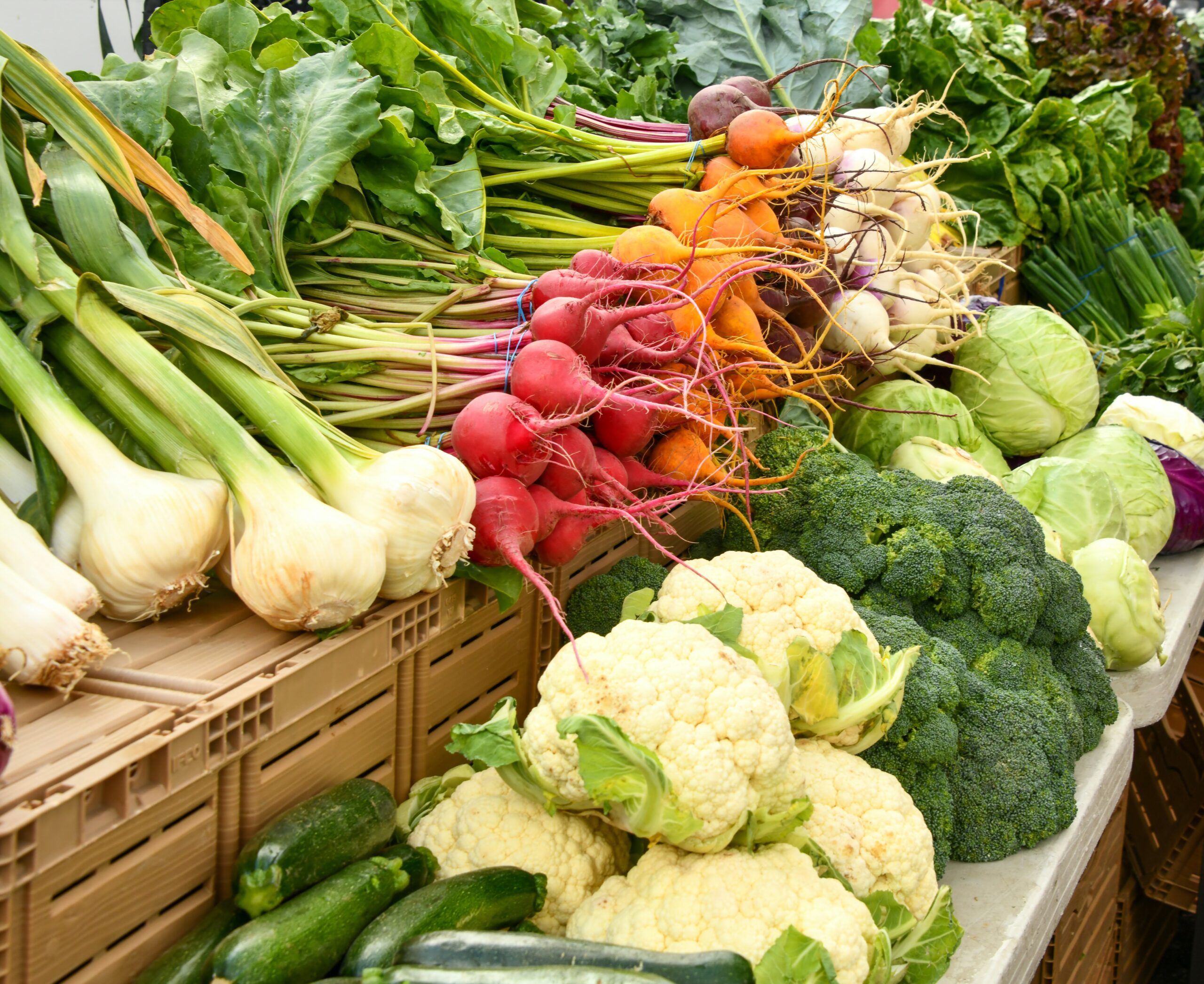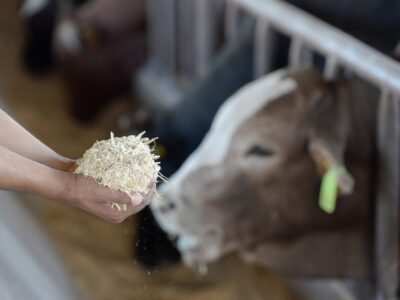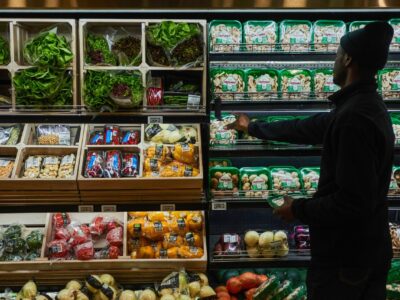(Bloomberg) —
Much of Waco, Texas, fits the US Department of Agriculture description of a food desert. In one of the city’s northern neighborhoods, more than a fifth of residents don’t have a car, nearly half are below the poverty line, the median household income is $24,675 and for a long time there was no grocery store. It’s a designation that residents share with millions of other Americans who live far away from fresh food.
But in the fall of 2016, north Waco’s access improved when the nonprofit Mission Waco opened a store. Today, Jubilee Food Market offers the community discounted groceries and cooking demonstrations.
“We’ve existed in a food desert for many, many years,” said John Calaway, president and executive director of Mission Waco. “We need more people and more organizations to take this risk.”
Despite its success in bringing fresh food to a part of Waco, Jubilee operates at a loss. Mission Waco subsidizes its operations to ensure it stays open for local residents.
But most underserved communities don’t get that kind of funding, making it harder for alternative grocery models to stay afloat in places where the market has failed to meet the need.
Several states are unveiling new funding to address that issue. In January, Illinois Governor J.B. Pritzker announced $3.5 million in grants for local grocers across the state. The money will fund energy-efficient equipment upgrades for existing stores, as part of a bid to preserve access to fresh food and bolster independently owned operators. A second grant is slated to help fund new stores in food deserts. Chicago is conducting a feasibility study for a municipally run grocery shop to address the closure of at least six grocery stores on its south and west sides over the last two years. The city is considering options that include a government-owned store, nonprofit operation models and incubation space. Any program that emerges from the study will likely tap those state funds.
New Jersey Governor Phil Murphy committed $5.5 million toward improving food access in Atlantic City, which the state identified as one place most in need. The casino and nightlife destination has not had a full-service supermarket for almost two decades. The money will help fund a mobile grocery store and finance new proposals to bring fresh food to the city.
Iowa’s legislature introduced a bill in January that would set aside $2 million for a grant and loan program to help local grocers stay afloat. Those funds would go toward jobs, wages and other investments in rural areas.
These investments are meant to address gaps that leave people far away from grocery stores and fresh food options. A 2019 USDA study found that more than 2 million households without vehicles live more than one mile from a food store.
Consolidation in the industry, coupled with the rough economics of operating retail food stores (grocery profits rarely tip above 3%, according to the Food Marketing Institute), contribute to the lack of access. Food insecurity has also increased, with more than 17 million households lacking adequate nutrition in 2022, up from the 13.5 million the year prior, according to the USDA’s research.
Search for Sustainability
It’s not yet clear how the new state initiatives will play out, but past efforts show that tackling food deserts requires more than grocery start-up funding.
For many projects, the greater challenge has been keeping stores open once they’re up and running. These stores are typically much smaller than their corporate counterparts and they serve lower-income consumers, making it harder to have enough sales volume to keep up with operational costs. Getting enough people to physically walk through the doors is a challenge as well, in both rural and urban areas.
Clifton Market in Cincinnati, Ohio, raised $6 million to operate as a neighborhood-owned cooperative but folded after more than a year of losses. A similar effort in Racine, Wisconsin, failed to get off the ground after 10 years. A Salvation Army-run store in Baltimore closed its doors in 2021 after three years of operations. Last summer, a St. Louis pay-what-you-want grocer closed after three years as well.
“There’s a big public health advantage to getting grocery stores to places that don’t have them,” said Philip Sambol, who ran a nonprofit grocery store in Washington, DC. But it’s tough to keep them afloat. Sambol’s store, Good Food Markets, closed its last location in 2022. “The most common story here is spending a really long time raising money to get something open and then not being able to sustain it for more than a year or two.”
In Waco, the key to Jubilee’s survival has been that its nonprofit partner has covered about 25% of its annual overhead which has helped shield it from losses.
Roughly half the Jubilee shoppers use federal food assistance dollars, and the store offers an additional 10% discount for customers in its rewards program, Calaway said. Its 10 employees come from the community, and pay starts at $11 per hour.
“The grocery store model presents a different way of promoting dignity,” Calaway said. “A lot of folks around here don’t drive. They’re walking to get groceries and hopping on a bus.”
Jubilee’s biggest challenge continues to be pricing goods so they are cheap enough for residents to afford but not so cheap that they put the store out of business. It’s a delicate balance, Mission Waco’s Calaway said. Jubilee’s average sale is quite low, $12 or $13, and Calaway said the store’s sales were $562,000 in 2023. A single outpost of a name-brand supermarket can pull in that amount in a week, according to Federal Trade Commission research.
“It’s always a challenging conversation about what’s an acceptable loss,” said Calaway, adding that there are no plans to shut down the store. “If you’re going to provide affordable and healthy food, there’s going to be a subsidy from somewhere. There’s a reason stores like this don’t exist.”
Economies of Scale
Local initiatives face particular challenges to keeping their prices low: Larger chains rely on bulk purchasing power and massive warehouse space to store excess goods, allowing them to push prices down. Many nonprofit or municipal stores are too small to tap these economies of scale. Some are even too small to deal with suppliers, who often impose minimum purchase orders, said Rial Carver, a program leader at Kansas State University’s Rural Grocery Initiative.
In North Dakota, the Rural Access Distribution Cooperative tackled this problem by joining three grocery stores, a bar-restaurant and a community service organization as one buyer for inventory purchases, making them more attractive to suppliers.
“They compared the pricing they were getting from a distributor and saw that by pooling their resources they were able to lower their costs,” Carver said.
The city of St. Paul, Kansas, has seen the St. Paul Supermarket thrive, in part because of the municipal government’s involvement. The store opened in 2007, after the community went two decades without a grocery. It was built on city-owned land, using a no-interest loan that was approved by residents, but operated by a local couple. A city community development corporation ensured stable supply by buying into a wholesale cooperative. However, when the couple retired in 2013, the city took over operations and inventory, according to the Rural Grocery Initiative. Now, the store falls completely under the city’s management and its budget.
It’s a model that’s been repeated with success in rural towns in Kansas and across the Midwest, allowing the jurisdictions to keep a grocery store and ultimately the town alive. Government involvement can help change priorities and put the focus on providing a service rather than turning a sustained, significant profit, Carver added.
“These alternatives really only come into play when the traditional model of grocery operation isn’t working out,” Carver said. “Whether you’re in a rural community or an urban community, the grocery industry has run on slim profit margins. It’s a difficult business.”
To contact the author of this story:
Fola Akinnibi in New York at fakinnibi1@bloomberg.net
© 2024 Bloomberg L.P.





